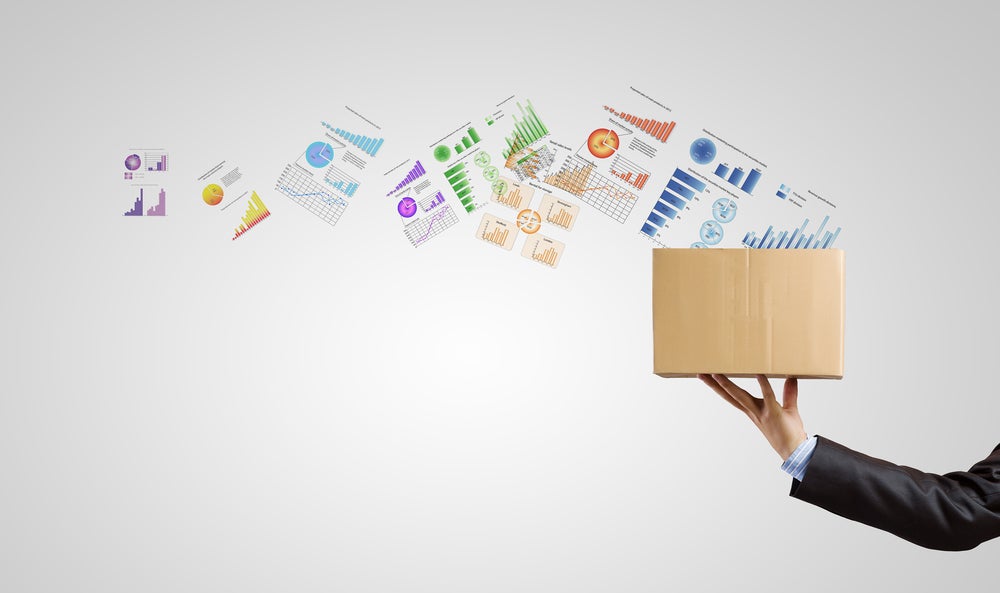Packaging plays a crucial role in the success of a product. It’s not just about protecting the contents; effective packaging can significantly boost profitability by adding value to the product.
By adopting smart packaging strategies, companies can stand out in the marketplace, attract more customers, and ultimately increase their bottom line.
Here’s how businesses can leverage packaging to add value and drive profitability.
Innovative design and branding
One of the most impactful ways to add value through packaging is by focusing on design and branding. Eye-catching packaging design can attract customers' attention on the shelves, prompting them to pick up the product.
But it's not just about aesthetics; the design should also reflect the brand's identity and values. Consistent and recognisable branding can build customer loyalty and trust, which are essential for long-term profitability.
For example, premium brands often use high-quality materials and elegant designs to convey a sense of luxury. This not only justifies a higher price point but also enhances the customer’s perception of the product's value.
On the other hand, eco-friendly packaging can appeal to environmentally conscious consumers, aligning the brand with sustainable practices and attracting a growing market segment.
Additionally, incorporating user-friendly features, such as resealable closures or ergonomic shapes, can improve the consumer experience. When customers find packaging convenient and easy to use, they are more likely to repurchase and recommend the product to others.
Sustainability and eco-friendliness
Sustainability is becoming increasingly important to consumers, and companies that prioritise eco-friendly packaging can gain a competitive edge. Sustainable packaging not only reduces environmental impact but also resonates with the values of today’s consumers, who are more aware of the ecological footprint of their purchases.
Using recyclable materials, reducing packaging waste, and opting for biodegradable options are effective ways to demonstrate a commitment to sustainability.
For instance, replacing plastic packaging with paper-based alternatives or using minimalistic designs that reduce excess material can significantly lower the environmental impact.
Moreover, clear communication about the sustainability of packaging can enhance a brand’s reputation. Labels indicating that packaging is recyclable or made from recycled materials can attract eco-conscious buyers.
This approach not only aligns with ethical business practices but also meets regulatory requirements in various markets, potentially avoiding fines and enhancing profitability through compliance.
Functional and protective packaging
The primary purpose of packaging is to protect the product, but functionality can go beyond mere protection. Effective packaging ensures that the product remains in optimal condition from the manufacturer to the consumer, reducing the risk of damage and returns.
This is particularly important for fragile or perishable goods.
Investing in high-quality, durable packaging materials can prevent damage during transit, storage, and handling. For example, cushioning materials like bubble wrap, foam inserts, or sturdy boxes can safeguard products against impacts.
For perishable items, insulated packaging can maintain the necessary temperature to preserve freshness.
Additionally, functional packaging can enhance the user experience. Easy-to-open packaging, portion control features, and resealable options can add convenience for the consumer.
When the packaging makes the product easier and more enjoyable to use, it can lead to increased customer satisfaction and repeat purchases.
Interactive and smart packaging
The rise of technology has introduced innovative opportunities for packaging, transforming it from a passive container to an interactive tool. Smart packaging can engage customers in new ways, providing added value and enhancing the overall product experience.
One example is the use of QR codes or augmented reality (AR) elements on packaging. By scanning a QR code with their smartphone, customers can access additional information about the product, such as usage tips, recipes, or brand stories.
This not only enriches the consumer experience but also builds a stronger connection between the brand and the customer.
Moreover, smart packaging can improve product safety and authenticity. Technologies like RFID (Radio Frequency Identification) and NFC (Near Field Communication) can track products throughout the supply chain, ensuring they reach the consumer in perfect condition.
These technologies can also help prevent counterfeiting by providing a secure way to verify product authenticity.
Key to business success
In conclusion, effective packaging strategies can significantly enhance a product’s value and drive profitability.
By focusing on innovative design and branding, sustainability, functionality, and interactive features, companies can create packaging that not only protects the product but also attracts and retains customers.
In today’s competitive market, value-adding packaging is a vital component of a successful business strategy, ensuring products stand out and meet the evolving needs of consumers.









